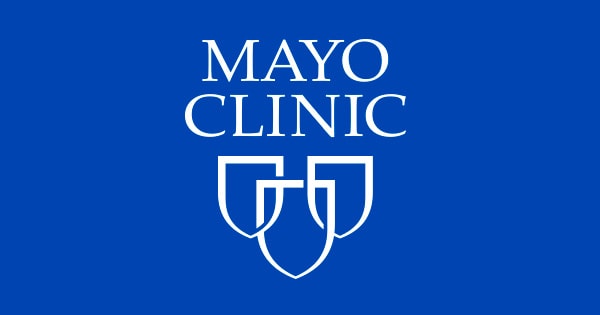Nimrod
Member
Contagion is a myth and so is Transmission. Anyone on the web that tells you this is has a high rate of transmission. Call them on it! Get the information as to where they came up with that.I'm curious as to how you explain the common cold. Example: one person in a household develops sneezing, coughing, and runny nose. A couple days later, other people in the house develop the same symptoms.
Take a bunch of women and put them in a secluded cabin. Over time, their cycles match up. Was that from a virus?
Take a group of people. One person yawns, somehow that affected another and that person yawns as well. Was that from a virus?
Put a laugh track on a comedy special. What is it, more people laughed compared to not having a laugh track. Was it a virus?
Then there is this.......
The State of Science, Microbiology, and Vaccines Circa 1918 - PMC
The influenza pandemic of 1918–1919 dramatically altered biomedical knowledge of the disease. At its onset, the foundation of scientific knowledge was information collected during the previous major pandemic of 1889–1890. The work of Otto ...
Perhaps the most interesting epidemiological studies conducted during the 1918–1919 pandemic were the human experiments conducted by the Public Health Service and the U.S. Navy under the supervision of Milton Rosenau on Gallops Island, the quarantine station in Boston Harbor, and on Angel Island, its counterpart in San Francisco. The experiment began with 100 volunteers from the Navy who had no history of influenza. Rosenau was the first to report on the experiments conducted at Gallops Island in November and December 1918.69 His first volunteers received first one strain and then several strains of Pfeiffer's bacillus by spray and swab into their noses and throats and then into their eyes. When that procedure failed to produce disease, others were inoculated with mixtures of other organisms isolated from the throats and noses of influenza patients. Next, some volunteers received injections of blood from influenza patients. Finally, 13 of the volunteers were taken into an influenza ward and exposed to 10 influenza patients each. Each volunteer was to shake hands with each patient, to talk with him at close range, and to permit him to cough directly into his face. None of the volunteers in these experiments developed influenza. Rosenau was clearly puzzled, and he cautioned against drawing conclusions from negative results. He ended his article in JAMA with a telling acknowledgement: “We entered the outbreak with a notion that we knew the cause of the disease, and were quite sure we knew how it was transmitted from person to person. Perhaps, if we have learned anything, it is that we are not quite sure what we know about the disease.”69 (p. 313)
The research conducted at Angel Island and that continued in early 1919 in Boston broadened this research by inoculating with the Mathers streptococcus and by including a search for filter-passing agents, but it produced similar negative results.70–72 It seemed that what was acknowledged to be one of the most contagious of communicable diseases could not be transferred under experimental conditions.
Contagion is a myth.

